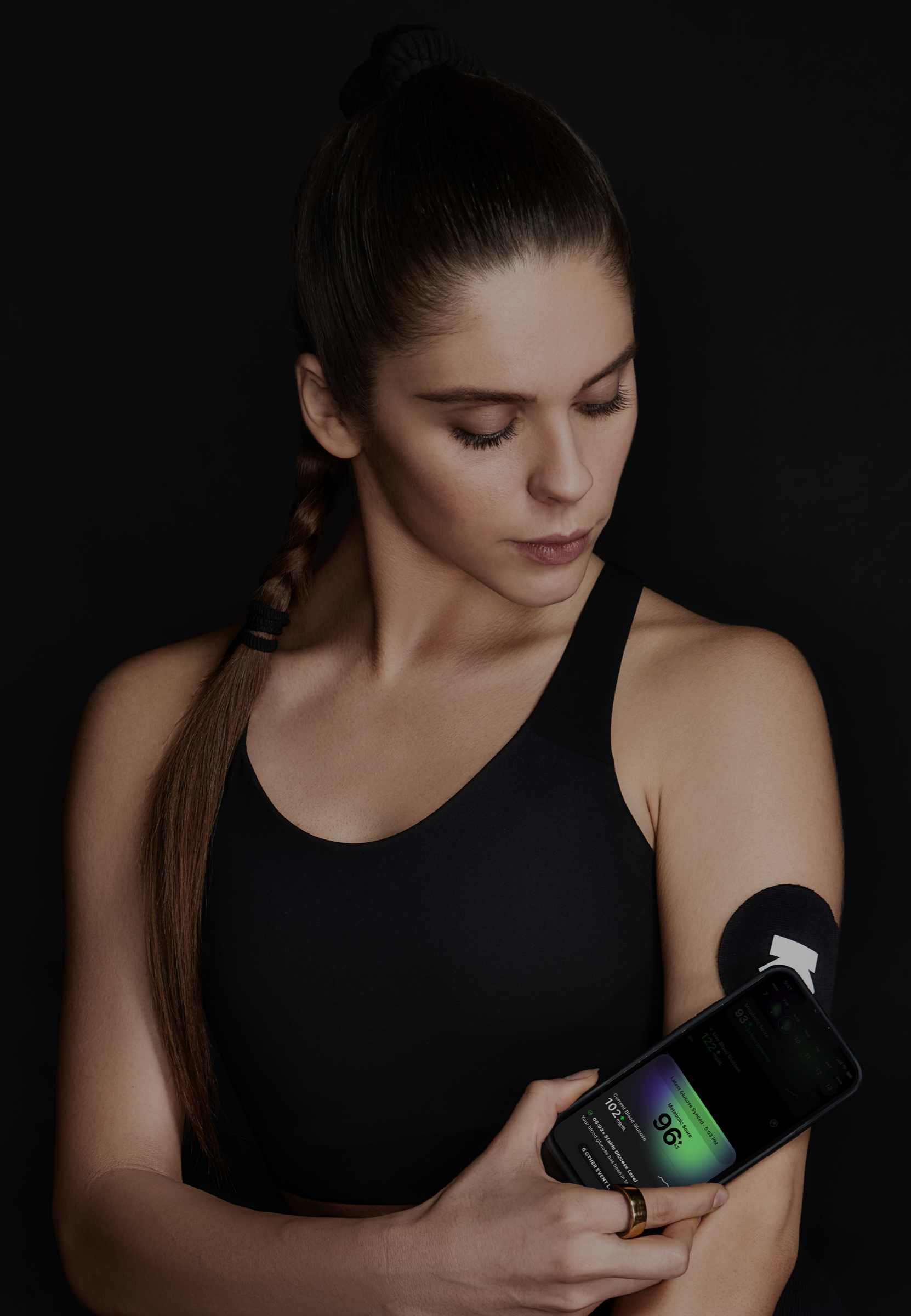
Mutton Curry with Rice (1 piece)
Dinner
157 mg/dL
avg. peak value
Usually causes a small spike
Avg. Food Score on Ultrahuman App
Ultrahuman Users got an UNSTABLE response
Other related foods
- lamb or mutton with gravy mixture
- lamb or mutton rice and vegetables in gravy mixture
- lamb or mutton with gravy mixture roti
- chapati lamb or mutton with gravy mixture
- lamb or mutton with gravy mixture white rice
- mutton
- lamb or mutton goulash
- english mutton biryani
- indian food mutton lamb biryani
- mutton cooked roasted navajo
How to consume mutton curry with rice without glucose spikes
Portion Control
Reduce the portion size of rice in your meal. Consider having a smaller serving to limit the carbohydrate intake.
Choose Whole Grains
Opt for brown rice or quinoa instead of white rice. These options have a slower impact on blood sugar levels.
Add Fiber-Rich Vegetables
Incorporate non-starchy vegetables like spinach, broccoli, or bell peppers into your curry or as a side. This can help slow the absorption of sugar.
Include Healthy Fats
Add a small amount of healthy fats such as avocado, nuts, or seeds to your meal. They can help moderate the rise in blood sugar.
Incorporate Protein
Add a protein source like lentils or chickpeas into your curry. Protein can help stabilize blood sugar levels.
Stay Hydrated
Drink water before and during your meal to help with digestion and control hunger.
Eat Mindfully
Chew slowly and savor each bite to improve digestion and reduce the speed at which glucose enters the bloodstream.
Physical Activity
Take a short walk after your meal to help facilitate glucose uptake by your muscles.
Spice It Up Wisely
Use spices like cinnamon or turmeric in your curry. They may have beneficial effects on blood sugar control.
Monitor Your Response
Keep a journal of your meals and observe how your blood sugar responds, making adjustments as necessary.

Discover
metabolic
health with M1
Ultrahuman M1 helps you measure the impact of food and activity on your body in real time through glucose as a biomarker.
Explore Ultrahuman M1Find Glucose response for your favourite foods
Explore OGDbYour cart is empty
Browse through our products and find something for you.
